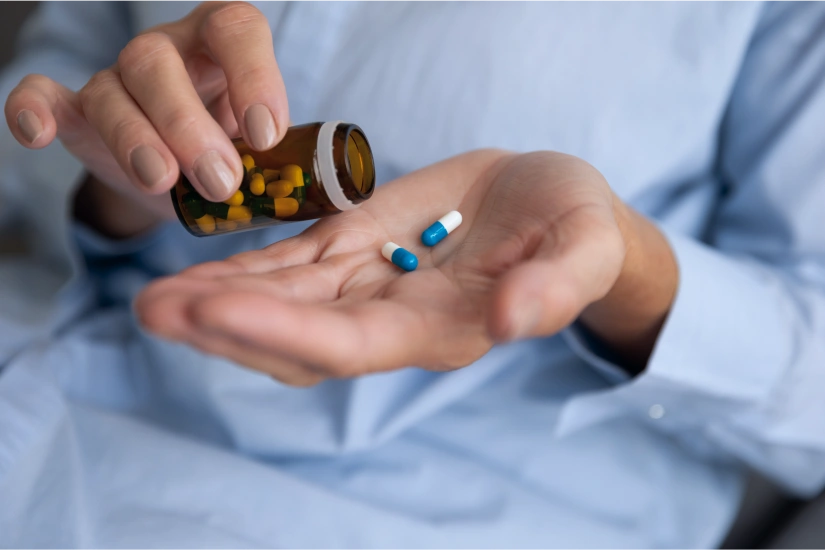24/7 Helpline:
(866) 899-221924/7 Helpline:
(866) 899-2219
Learn more about Partial Hospitalization Program centers in Good Hope

Other Insurance Options

Private insurance

Health Choice

Group Health Incorporated

WellPoint

Coventry Health Care

State Farm

Aetna

United Health Care

MVP Healthcare

BlueShield

Humana

Lucent

Medical Mutual of Ohio

Magellan Health

Ceridian

Access to Recovery (ATR) Voucher

Ambetter

AllWell

Magellan

Covered California















